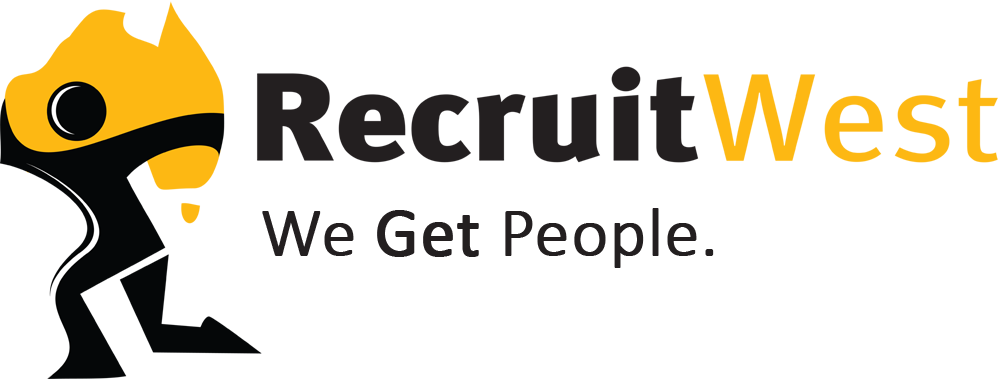It’s no surprise that Australians love the internet—but it may still shock you to learn just how central to our day-to-day lives it has become. Research completed in 2018 by We Are Social found that Australians now spend more time online than ever before, clocking an average of nearly six hours each day accessing the internet on tablets, phones and computers. Of this, around one and a half hours are spent on social media, with 60 percent of Australians maintaining an active Facebook account and 50 percent logging into it at least once a day.
As Australians devote more time to their online lives, they are also building increasingly comprehensive digital personas—and this is transforming the way in which employers locate, connect with, and even evaluate potential job candidates. As such, it’s essential that the jobseekers of today familiarise themselves with how employers are using online information, and take steps to ensure that their digital profile shows them in the best possible light. In this article, we’ll cover how you can do exactly that.
Why your online presence matters as a jobseeker
‘What’s online now is online forever’, goes the saying—and this means that embarrassing selfies and incriminating party shots could come back to haunt you. Indeed, a 2018 report by CareerBuilder found that more than half of the employers it surveyed had found content on social media that caused them not to hire a candidate. This was no accident either: seven in ten employers state that they use social networking sites to research job candidates during the hiring process, with nearly half (48 percent) using social media to check up on existing employees too.
Importantly, the report revealed exactly what prospective employers are looking for when they review the social media accounts of job candidates: 58 percent seek ‘information that supports their qualifications for the job’; 50 percent want to check that ‘the candidate has a professional online persona’; 34 percent review what other people are posting about the candidate; and 22 percent look for reasons not to hire the candidate.
Five ways to give your digital presence a boost
- Assess your own digital footprint
Before you start optimising your online presence, it’s helpful to know how it appears to prospective employers. You can start by Googling yourself and reviewing what turns up: make sure to click beyond the first page and jot down any websites you may need to check later on (for example, an obsolete Myspace page you or a question you once posted under your own name on a legal advice website). This will give you a general outline of your digital persona, but you can go deeper with the Salt Social Profile Checker, which will use your name, as well as various keywords associated with your name, to search more than 200 social media websites.
- Eliminate the negative
There is simply no good reason to let things float around online if they’re likely to jeopardise your career or cause future embarrassment. According to the CareerBuilder survey, employers may reject job applications for a variety of reasons, including:
- ‘the job candidate posted provocative or inappropriate photographs, videos or information’ (40 percent);
- ‘the job candidate posted information about them drinking or using drugs’ (36 percent);
- ‘the job candidate had discriminatory comments related to race, gender, religion, etc. (31 percent);
- ‘the job candidate lied about qualifications’ (27 percent); and
- ‘the job candidate posted too often’ (12 percent).
So, if there are compromising photos of you on Facebook or past tweets that might cost you a shot at hosting the Academy Awards… delete them. Untag yourself. Do not make the mistake of thinking that other people won’t find them too.
- Accentuate the positive
Happily, it’s not all bad news: you can give yourself a leg up by emphasising things that will reflect well on your application. There’s no guesswork required here. According to the CareerBuilder survey, employers were more likely to hire candidates if they found evidence that:
- The job candidate's background information supported their professional qualifications for the job (37 percent)
- The job candidate was creative (34 percent)
- The job candidate's site conveyed a professional image (33 percent)
- The job candidate was well-rounded, showed a wide range of interests (31 percent)
- The job candidate's personality would make them a good fit within the company culture (31 percent)
- Use privacy settings to your advantage
The best thing you can do to protect your online reputation is use privacy settings to control how much of you social media presence is accessible to potential employers. Tweaking your privacy settings is easy and will ensure that only friends and approved contacts can see what you’ve been up to. Click on the links below to find instructions for the relevant social media platform:
- Build a positive online reputation
There are two ways you can boost the chances of employers coming across something that you want them to see.
First, consider creating a personal website that you can use to describe your skills and experience, share a portfolio of work (if you plan to work as a creative, programmer, graphic designer, and so on), draw attention to any academic accomplishments, or simply reinforce your image as a professional committed to success. Launching a personal website is easy and affordable—you can use services like SquareSpace, GoDaddy, or Wix to get yours online in no time.
Second, if you haven’t created a LinkedIn account yet, consider joining the website: it’s one of the first places that prospective employers will check when trying to verify aspects of your application, learn more about your skills, get a sense of your personality, and review any testimonials (LinkedIn allows ex-colleagues and employees to post written recommendations and ‘endorse’ your claim to certain skills).


